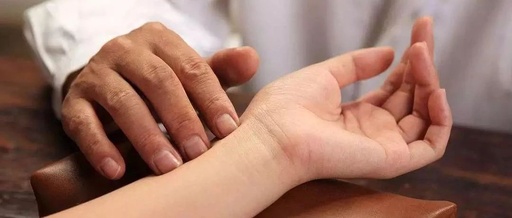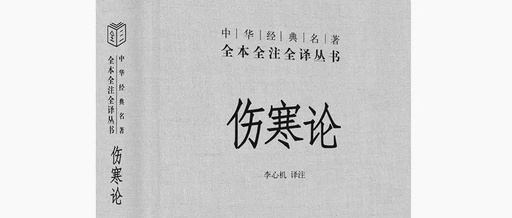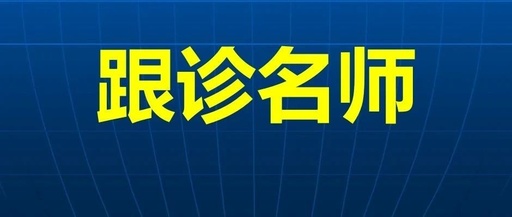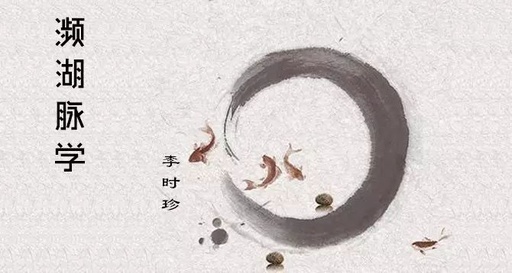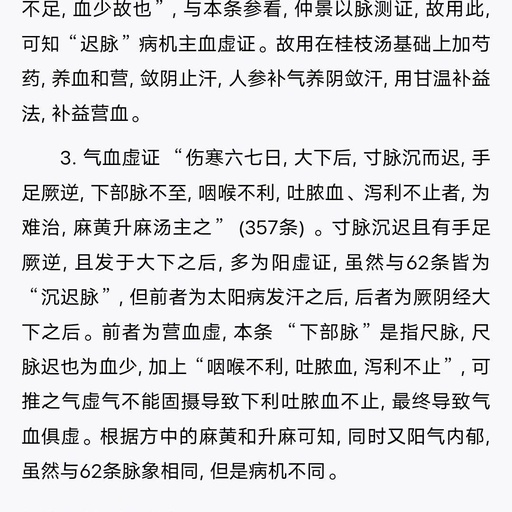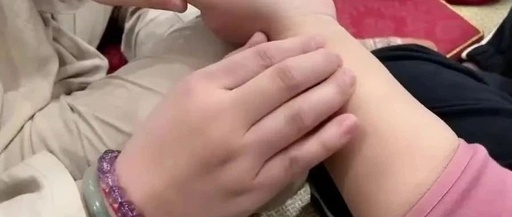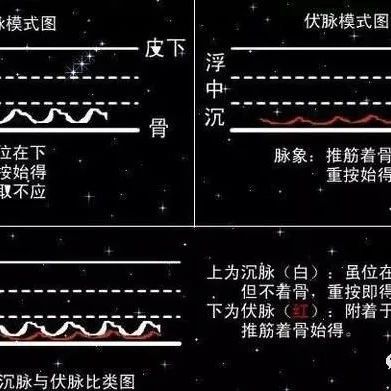Insights on TCM Diagnosis: Slippery Pulse and Rough Pulse (105)
To treat illness, one must seek its root. In Traditional Chinese Medicine (TCM), treatment requires the four examinations based on symptoms, analyzing the pathogenesis through these examinations, determining the syndrome type, establishing treatment principles based on the syndrome, and prescribing accordingly. Each step is interconnected and essential. The diagnostician employs the four examinations: observation (望), … Read more


